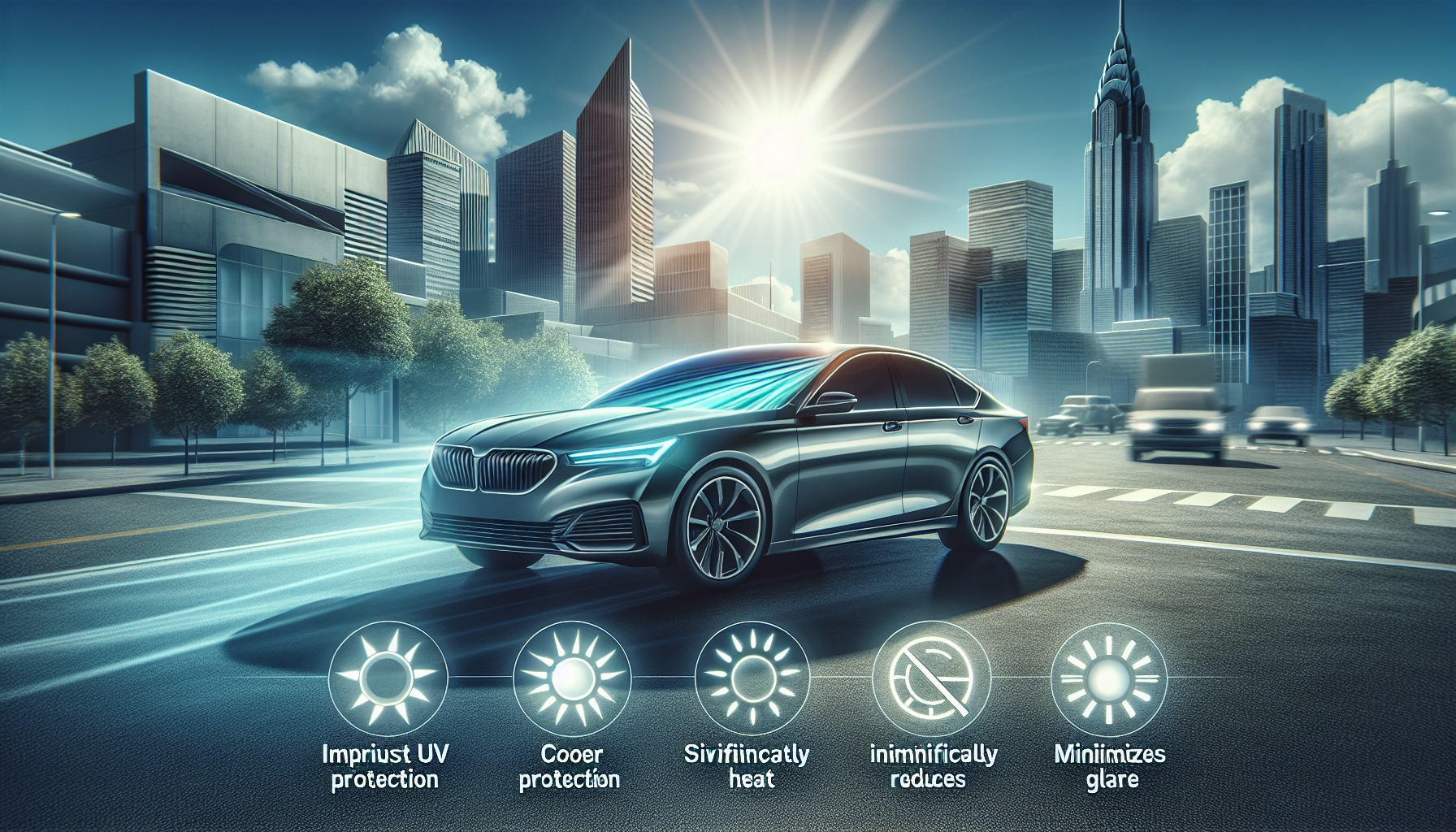Can I Tint The Windshield Of My Vehicle?
Are you considering tinting the windshield of your vehicle, but you’re unsure if it’s legal or safe? You’re not alone. Many car owners have questions about tinting their windshields. In this article, we’ll explore the ins and outs of tinting your windshield, including whether it’s legal, the benefits of tinting, and the different tint options available to you. Let’s get started!
Is It Legal to Tint Your Windshield?
When it comes to tinting your windshield, the laws can vary depending on where you live. In the United States, each state has its own regulations regarding the percentage of tint allowed on windshields and which windows can be tinted. It’s essential to check your state’s specific laws before tinting your windshield to avoid any potential legal issues.
Checking Your State’s Tint Laws
To find out the tint laws in your state, you can visit the Department of Motor Vehicles (DMV) website or contact them directly. They will have information on the allowed percentage of tint, which windows can be tinted, and any restrictions you need to be aware of. By following your state’s tint laws, you can ensure that your vehicle is compliant and avoid getting a ticket or citation for illegal tint.
The Benefits of Tinting Your Windshield
Tinting your windshield can offer several benefits beyond just improving the aesthetics of your vehicle. Here are a few advantages of tinting your windshield:
UV Protection
One of the most significant benefits of tinting your windshield is UV protection. Window tints can block harmful UV rays from the sun, reducing your risk of skin damage, premature aging, and even skin cancer. By tinting your windshield, you can protect yourself and your passengers from the sun’s harmful effects.
Heat Reduction
Tinted windows can also help reduce the amount of heat that gets trapped inside your vehicle. This can make your car more comfortable to drive, especially during hot summer months. By blocking out excess heat, tinted windows can help maintain a cooler interior temperature and reduce the need for air conditioning.
Glare Reduction
Tinting your windshield can also help reduce glare from the sun, headlights, and other bright lights. This can improve visibility while driving and make it easier to see the road ahead, especially during sunrise and sunset when glare can be particularly intense. By reducing glare, tinted windows can enhance safety and reduce eye strain.
Types of Windshield Tints
When it comes to tinting your windshield, you have several options to choose from. Here are a few of the most common types of windshield tints:
Dyed Window Tint
Dyed window tint is one of the most affordable options for tinting your windshield. This type of tint uses several layers of dye to absorb heat and block UV rays. While dyed window tint can provide some UV protection and heat reduction, it may not be as effective or long-lasting as other types of tint.
Metalized Window Tint
Metalized window tint is a step up from dyed tint and offers more UV protection and heat reduction. This type of tint contains tiny metallic particles that reflect heat and block UV rays. Metalized window tint is durable, scratch-resistant, and can add an extra layer of security to your windshield.
Ceramic Window Tint
Ceramic window tint is considered one of the most advanced and high-quality options for tinting your windshield. This type of tint is made from ceramic particles that are non-conductive and non-metallic, making it the most heat-resistant and efficient at blocking UV rays. While ceramic window tint is more expensive, it offers superior performance and durability.
How to Choose the Right Windshield Tint
Choosing the right windshield tint for your vehicle can depend on various factors, including your budget, desired level of UV protection, and aesthetic preferences. Here are a few tips to help you choose the right windshield tint:
Consider the Level of Tint
The level of tint you choose for your windshield can impact its appearance and performance. While some car owners prefer a darker tint for privacy and aesthetics, others may opt for a lighter tint to maintain visibility and compliance with local tint laws. It’s essential to consider your state’s tint laws and your personal preferences when selecting the level of tint for your windshield.
Evaluate UV Protection
If UV protection is a top priority for you, consider choosing a high-quality window tint that offers superior UV blocking capabilities. Ceramic window tint is an excellent option for those seeking maximum UV protection and heat reduction. By investing in a high-quality tint, you can protect yourself and your passengers from the sun’s harmful rays.
Compare Durability
When choosing a windshield tint, it’s essential to consider the durability and longevity of the tint. Ceramic window tint is known for its durability and resistance to fading, bubbling, and peeling. While ceramic tint may be more expensive upfront, it can save you money in the long run by lasting longer and maintaining its effectiveness over time.
Conclusion
In conclusion, tinting your windshield can offer several benefits, including UV protection, heat reduction, and glare reduction. By choosing the right type of window tint and following your state’s tint laws, you can enhance the safety, comfort, and appearance of your vehicle. If you’re considering tinting your windshield, be sure to do your research, consult with a professional tinting service, and select a high-quality tint that meets your needs. With the proper care and maintenance, a tinted windshield can provide long-lasting benefits for you and your vehicle.
